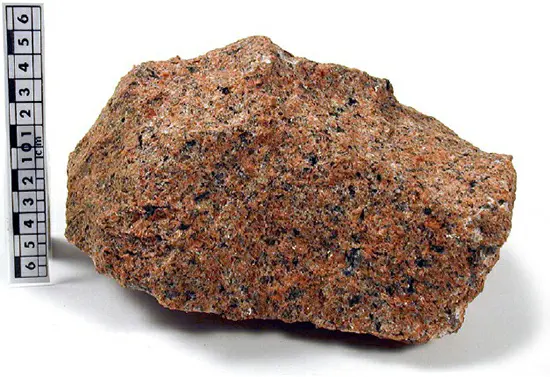Feldspar is a crucial mineral that largely makes up the Earth’s continental crust. Accounting for a significant portion of the felsic minerals in the continental crust, feldspar’s composition primarily includes silicon and oxygen, alongside elements like calcium, potassium, sodium, and aluminum. This composition results in a lower density than the mafic minerals found in oceanic crust, such as basalt, which predominantly contains magnesium and iron.
The distinct formation process of feldspar plays a pivotal role in geology. Feldspars crystallize from cooling magma in subsurface chambers, often accumulating at the top after denser mafic minerals like olivine and pyroxene have solidified and settled. This process leads to the segregation of heavier and lighter minerals, contributing to the varying densities of continental and oceanic crusts.
Johan Gottschalk Wallerius, a Swedish chemist and mineralogist, was instrumental in studying feldspar. He named the mineral in 1747, deriving the term from German words that translate to “field” and “ore-free rock.” Feldspars can be categorized into major groups like alkali feldspars, rich in potassium and sodium, and plagioclase feldspars, containing varying degrees of sodium and calcium.
Feldspar’s economic significance lies in its rich content of aluminum, potassium, and sodium, making it a vital component in industries like ceramics and glassmaking. Moreover, when feldspar weathers due to exposure to water and humidity, it transforms into clay minerals. These clays can form layers that impact surface water drainage and the confinement of subsurface aquifers. Additionally, isotopes in feldspar and derived clays are key to radiometric dating methods used in geology for dating sedimentary layers and fossilized remains.

